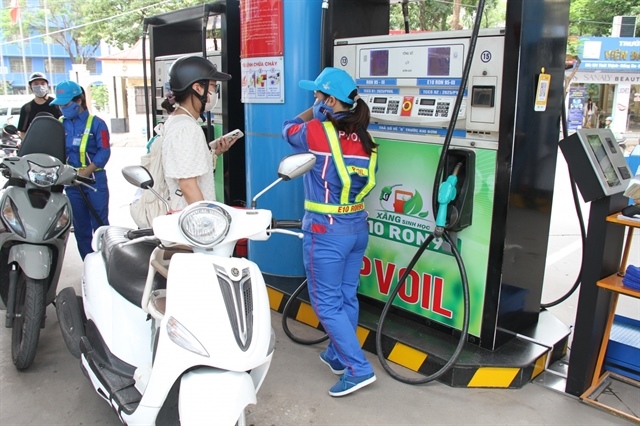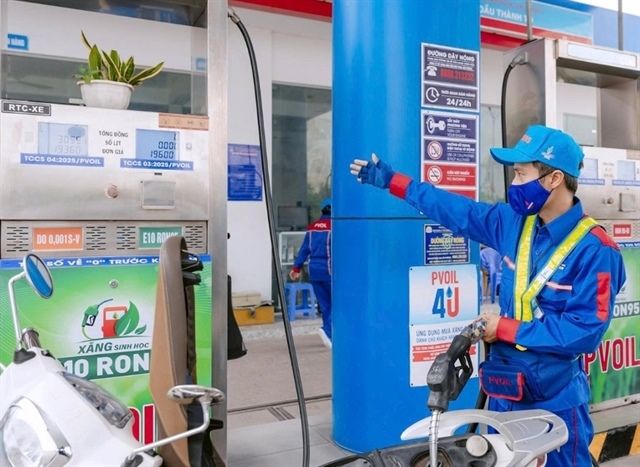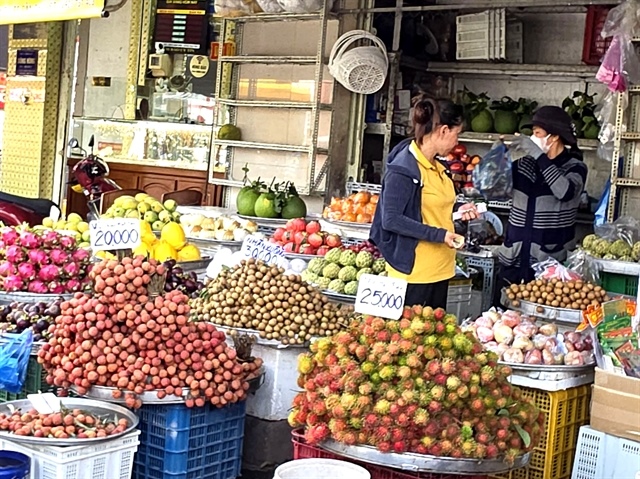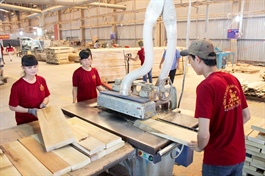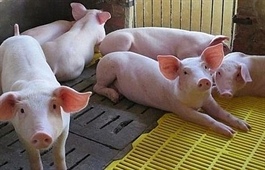Pork prices stay high despite imports
Pork prices stay high despite imports
Although live pigs have been imported under the Vietnamese government’s order in an attempt to soothe the current hike in pork prices, domestic prices remain high, triggering a need for local authorities to apply more sturdy solutions.
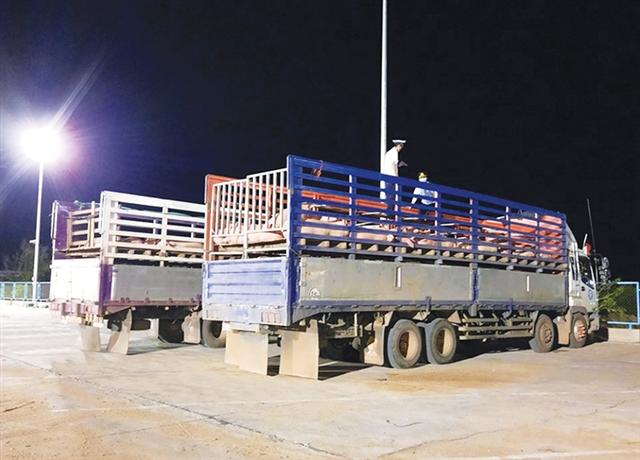
The first imported 500 pigs at Lao Bao border gate in the central province of Quang Tri
|
The first 500 live pigs weighing 90-130 kilogrammes were imported last week into Vietnam from Thailand by Thanh Do Nghe An Co., Ltd. through Lao Bao Border Gate of the central province of Quang Tri.
“After five days of quarantine, these pigs will be supplied to slaughterhouses. Depending on the local market demand, we can import 3,000-5,000 pigs per day and will stop when the market price stabilises. We hope to contribute to decreasing the current pork prices with these measures,” Nguyen Van Thanh, director of Thanh Do Nghe An, told VIR.
According to Thanh, Thailand is not impacted by African swine fever (ASF), and its market of live pigs is huge, making it possible for Thanh’s company to import up to 10,000 pigs per day. The Department of Animal Health under the Ministry of Agricultural and Rural Development (MARD) stated that Thanh Do Nghe An is one of eight companies in Vietnam that meet all requirements to import live pigs.
Some businessmen said that, currently, the amount of imported pigs is still quite large, reaching 5,000-6,000 per day.
Despite this abundant supply, pork prices remain high on the market, triple the current expense of feeding.
Johan van den Ban, general director of Dutch-backed De Heus Vietnam and Cambodia, told VIR that Vietnam has been active in finding solutions on controlling the pork price. “Besides importing live pigs, Vietnam has also allowed the breeding of new ones. However, so far, there has been no impact on the market. It also remains questionable if the bred pigs will be sold to Vietnamese farmers at competitive prices,” he said.
According to Ban, a well-developed institutional framework to develop, enhance, and maintain a high level of biosecurity is key to producing food, particularly meat, in a safe and sustainable manner. Thus, an important next step for Vietnam is the further development of the cold chain and modern slaughterhouses. “The impact of ASF on pork prices is significant, but will be temporary. Vietnam can take this situation as an opportunity to professionalise the sector and, hopefully, the Vietnamese government will support farmers to play an important role in the future,” he added.
Meanwhile, Vu Anh Tuan, deputy director of Thai-backed C.P. Vietnam Corporation, said that the government should let the pork price follow the market mechanism. “Besides this, domestic feeding facilities should pay attention to sanitary and epidemiological issues to be able to maintain and increase the number of pigs and ultimately meet the market demand,” Tuan said.
According to the MARD, in the first five months of 2020, Vietnam imported about 70,000 tonnes of pork, up over 300 per cent on-year. Moreover, over 8,000 live pigs were also imported. By May, Vietnam had about 25 million pigs, accounting for 80 per cent of the total pigs before ASF occurred, and is expected to meet the local demand by the end of the third quarter.



